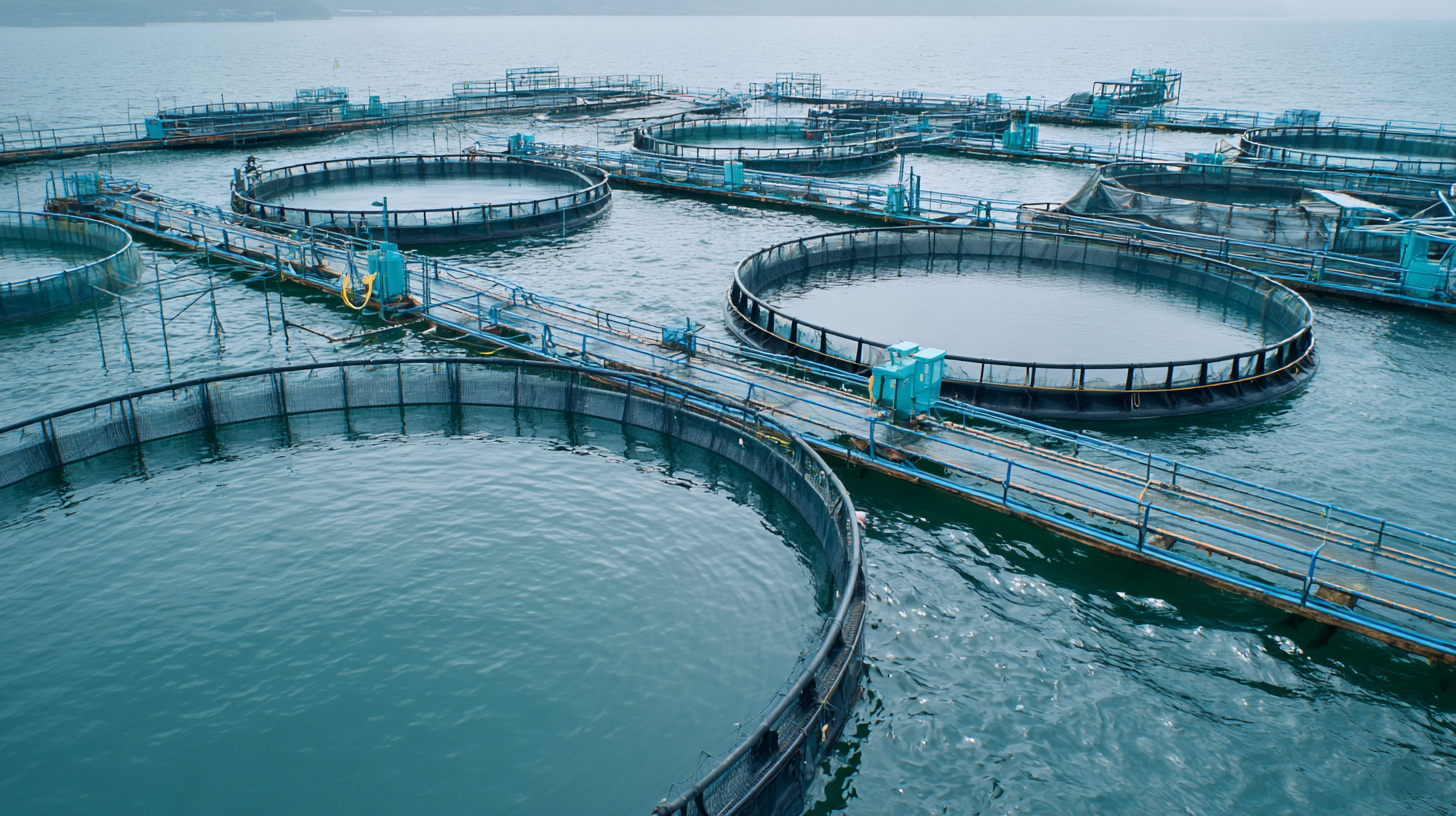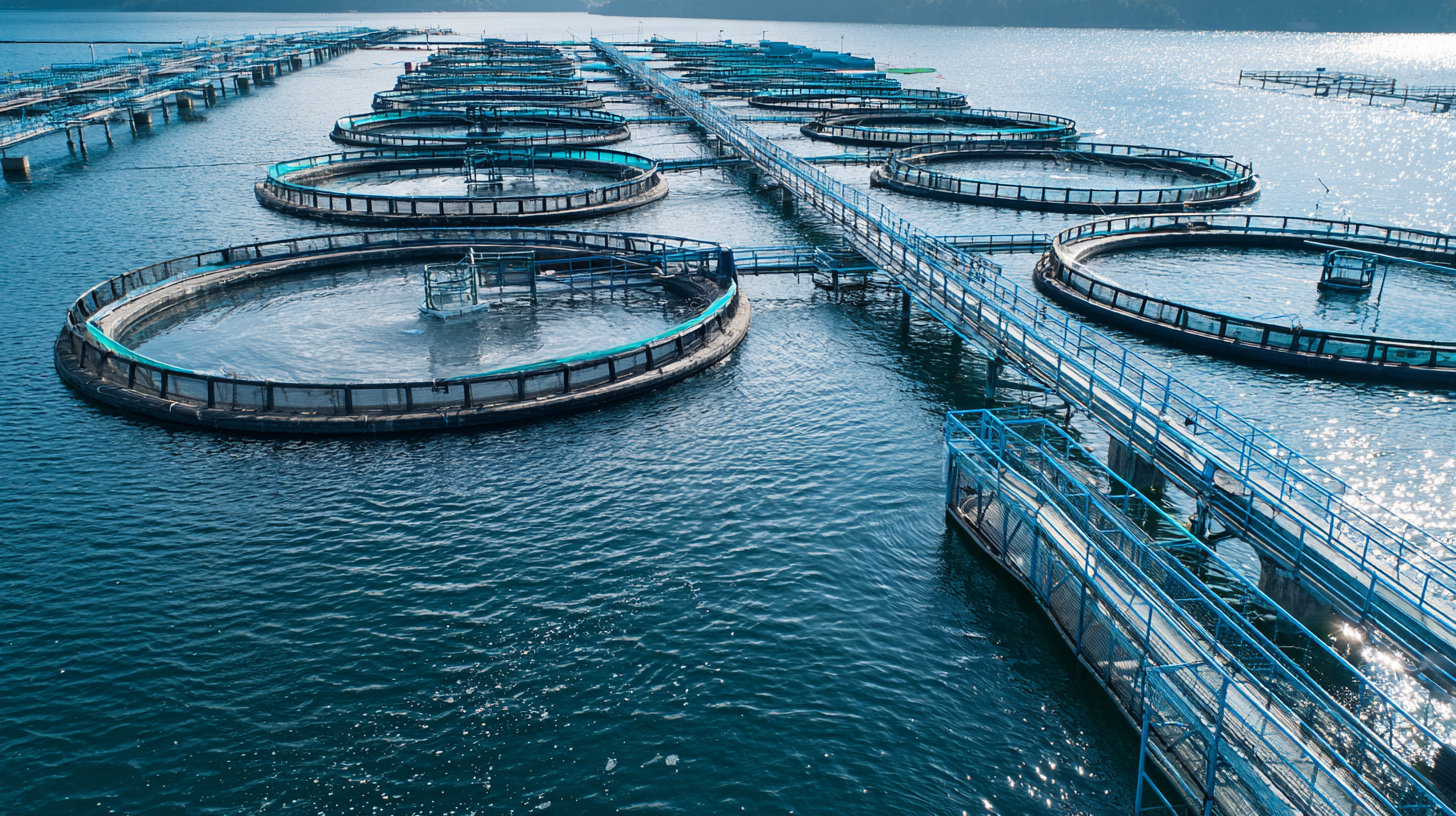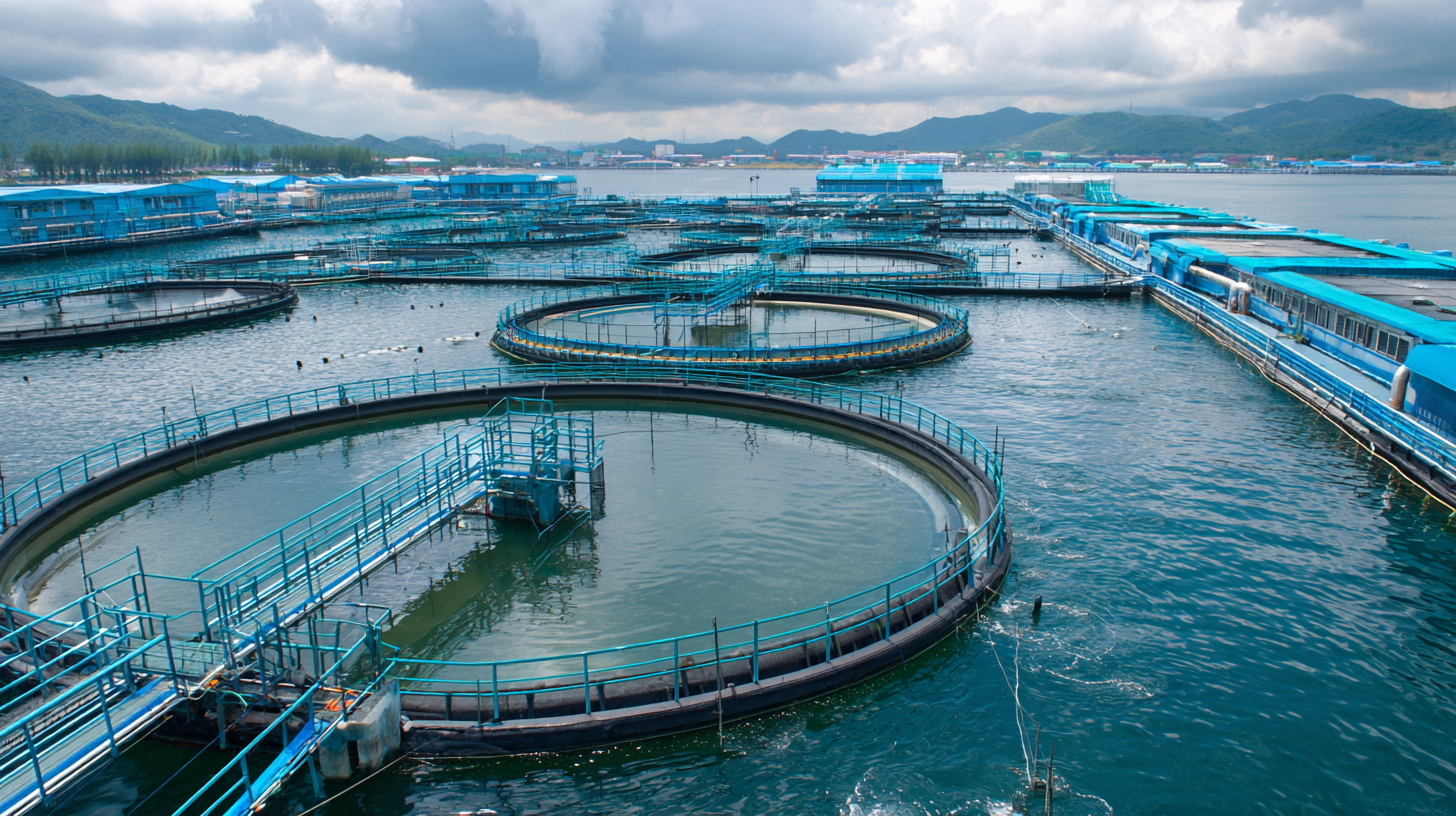As the aquaculture industry continues to expand, ensuring the health and safety of aquatic species becomes increasingly vital. This necessitates innovative solutions, with "disinfectant for aquaculture" emerging as a critical component in disease management and biosecurity protocols. In this blog, we will delve into the evolving landscape of disinfectants tailored for aquaculture, examining current market trends and projecting their future developments by 2025. With rising global demand for sustainable seafood, aquaculture facilities must adopt effective disinfectant strategies to safeguard their stocks against pathogens, thereby enhancing production efficiency.

By exploring cutting-edge formulations and technological advancements, this guide will equip industry stakeholders with the insights needed to navigate the complexities of disinfectant use in aquaculture, ultimately contributing to a healthier marine ecosystem and a more robust market outlook.
The aquaculture industry is witnessing a significant shift towards
eco-friendly disinfectants, driven by growing
environmental awareness and the demand for sustainable practices. Traditional chemical disinfectants have often
raised concerns regarding their impact on aquatic ecosystems and human health. As a result, aquaculture operators
are increasingly exploring alternatives that not only ensure biosecurity but also minimize ecological footprints.
Emerging eco-friendly disinfectants, such as those derived from plant-based materials or utilizing advanced
technologies like ozone and UV treatment, are proving effective in controlling pathogens without harming the
surrounding environment. These innovative solutions are not only compliant with global regulations but also resonate
with conscientious consumers who prioritize sustainability. As the industry moves towards projected growth in
2025, it is likely that the proactive adoption of green disinfectants will
play a crucial role in enhancing the overall health of aquaculture systems, ensuring they remain productive while
safeguarding our planet for future generations.

The future of disinfectants in the aquaculture industry is being shaped by innovative technologies that respond to the growing demand for sustainable practices. Recent advancements in artificial intelligence (AI) are revolutionizing the way fish farms approach pen cleaning and infection control. By integrating AI capabilities with physical cleaning techniques, aquaculture operations in regions like Norway are not only enhancing efficiency but also reducing their environmental footprint. This merging of technology and traditional practices signals a significant shift toward more sustainable aquaculture methods.

Additionally, the recent focus on recirculating aquaculture systems (RAS) underscores the industry's commitment to sustainability. These systems, which minimize water usage and allow for better control over the aquatic environment, are being optimized with advanced disinfection techniques. The drive for innovative solutions in disinfection is essential, especially as the global population grows and food security becomes increasingly critical. As stakeholders gather for initiatives like the ASTRAL Project in Barcelona, collaboration among researchers, policymakers, and industry leaders will be pivotal in developing practices that not only address current challenges but also pave the way for a greener future in aquaculture.
The aquaculture disinfectants market is poised for significant transformation as various dynamics come into play. With the rising awareness of biosecurity and disease management, the demand for effective disinfectant solutions is escalating. According to a report by Custom Market Insights, the global calcium hypochlorite market alone is projected to grow from USD 550 million in 2024 to USD 935 million by 2035, reflecting a strong emphasis on disinfectant applications in aquaculture. Key players in this sector must leverage emerging trends that emphasize both sustainability and efficacy in their product offerings.
Emerging trends in disinfectant solutions highlight the increasing integration of advanced technologies and environmentally friendly materials. The demand for eco-friendly disinfectants is gaining traction, aligned with global sustainability goals. Furthermore, the Marine Water Treatment Market is predicted to reach USD 5.2 billion by 2032, indicating a robust market response to the growing need for safe and clean aquatic environments. As the aquaculture sector embraces innovative disinfectant solutions, stakeholders can expect a reshaping of market dynamics, driven by both technological advancements and heightened consumer awareness.
| Category | 2023 Market Size (USD Million) | 2025 Projected Market Size (USD Million) | Growth Rate (CAGR %) |
|---|---|---|---|
| Chemical Disinfectants | 150 | 200 | 15% |
| Biological Disinfectants | 80 | 120 | 21% |
| Physical Disinfectants | 60 | 90 | 25% |
| Advanced Disinfectant Technologies | 40 | 75 | 34% |
The aquaculture disinfectants market is currently at a crucial crossroads, facing both regulatory challenges and unique opportunities. As the industry expands, regulators are increasingly focused on ensuring the safety and efficacy of disinfectants used in aquaculture. Zoning in on environmental impact, there is a push towards sustainable practices that minimize potential harm to aquatic ecosystems. This shift opens the door for innovative products that not only meet stringent regulations but also align with the sustainable aquaculture movement, thus appealing to environmentally conscious consumers.
Furthermore, emerging trends indicate that the aquaculture therapeutics segment is becoming increasingly important as it addresses fish health and disease management more effectively. By leveraging advancements in biotechnology and novel disinfectant formulations, the industry can enhance biosecurity measures. This proactive approach is not just about compliance; it enhances productivity by reducing disease outbreaks, ultimately supporting global food security efforts. In this evolving landscape, companies that adapt to regulatory shifts and innovate responsibly are likely to thrive as they contribute to a more resilient aquaculture industry.
In recent years, the implementation of advanced disinfectants in aquaculture facilities has become crucial for maintaining water quality and safeguarding aquatic health.
Case studies from various aquaculture farms reveal that the integration of advanced oxidation technologies has significantly improved micropollutant removal, enhancing the overall efficiency of operations.
These technologies not only address the growing concerns over water contamination but also play a key role in ensuring compliance with environmental regulations.
Moreover, the adoption of renewable energy sources in aquaculture, as observed in facilities across the United States, demonstrates a sustainable approach towards production. For instance, catfish farms in Mississippi and Alabama show that a small yet significant percentage of their energy needs is met through renewable resources.
This strategic shift not only promotes environmental stewardship but also aligns with the industry's goal to enhance operational resilience.
Successful implementations of these methods in aquaculture settings underscore the need for continued innovation and investment in effective disinfectant solutions to meet the demands of a rapidly evolving market.
